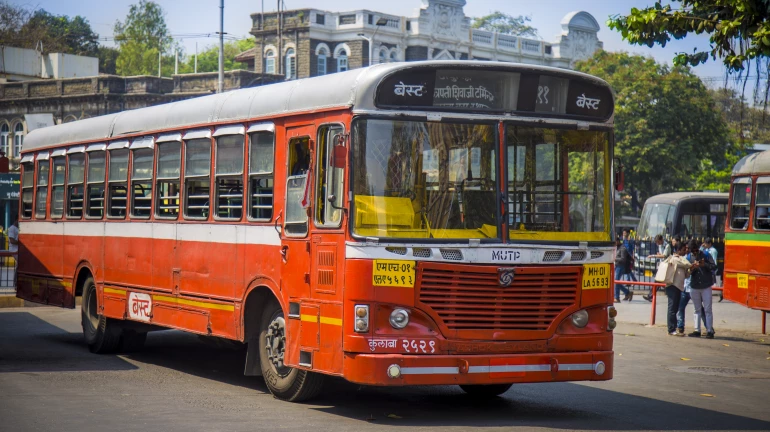
The COVID-19 pandemic and the temporary lockdowns have affected many institutions, including public transport. However, with 4,445 buses and 24 lakh passengers using its services every day, BEST buses have emerged as the primary public transport service beating out Central and Western Railway which saw 18 lakh daily commuters combined.
Also read - Travel On Any BEST Bus For A Full Day By Paying Only ₹50
However, it’s worth pointing out that local trains are only available to 18 categories of people including essential workers and women, and are not available for all commuters.
BEST officials said that since the COVID-19 lockdown was implemented in March, BEST didn’t stop or halt its services even for a single day, plying mostly essential staff and workers on Mumbai’s streets.
BEST eventually increased the frequency of buses, while also adding more routes and trips. The agency is now inching towards bringing its entire fleet of buses to the streets. BEST currently has 27 depots, 51 bus stations, and 112 terminals or chowkies.
Read - BEST Takes Actions Against Theft And Other Serious Issues
“With wet-lease and buses from the Maharashtra State Road Transport Corporation, the fleet is now 4,445 and the government under unlock rules has permitted to ferry them full capacity, leading to rising numbers. The latest BEST statistics also state that the recovery rate of COVID-19 is very high and a negligible number of staff are now patients,” a senior official said while speaking to mid-day.
Senior transport analyst and Chairman of Mumbai Environment Social Network, Ashok Datar said that BEST should be more than just a feeder service for Metro and local trains. He talked about the benefits of developing long-distance high-speed bus corridors in order to generate a bigger user base for BEST.
“After all, buses don't require climbing up or down like railway stations. It is at road level and likely to be nearer to many people for whom it can serve the last-mile connectivity. Let us restore the bus as one of the prime modes and not as a secondary mode. Also, it is much cheaper per km,” Datar said.
Also read - Schools Set To Reopen But Bus Operators Have Concerns





